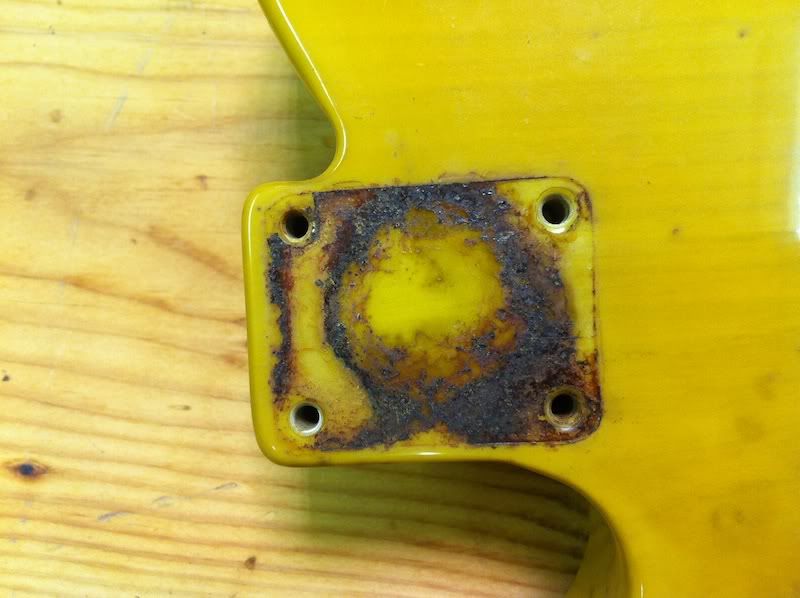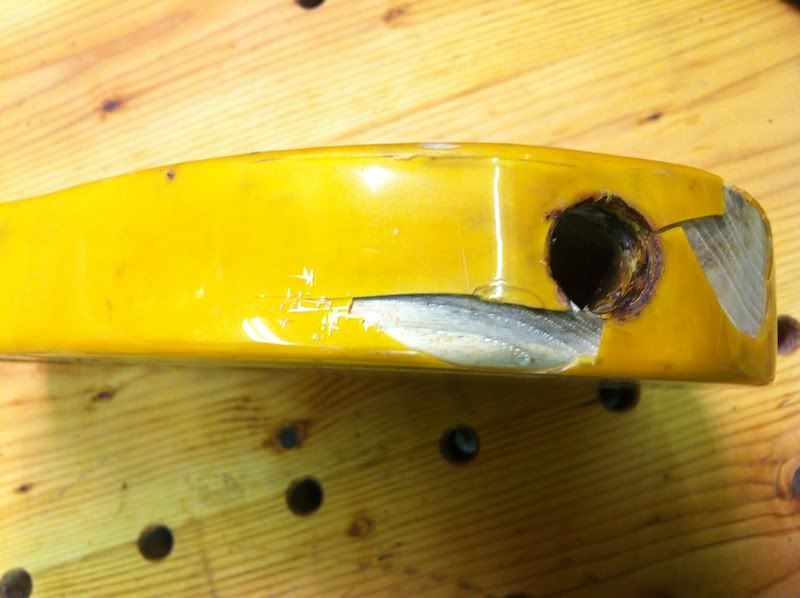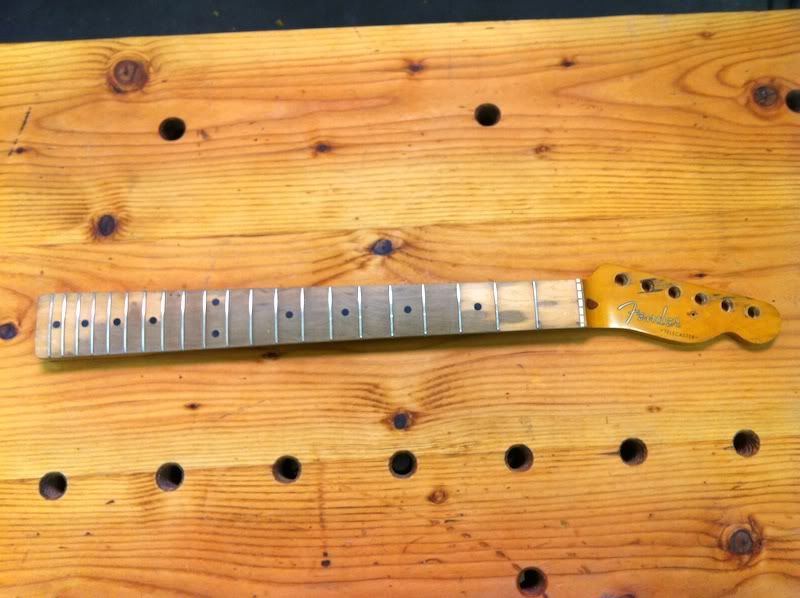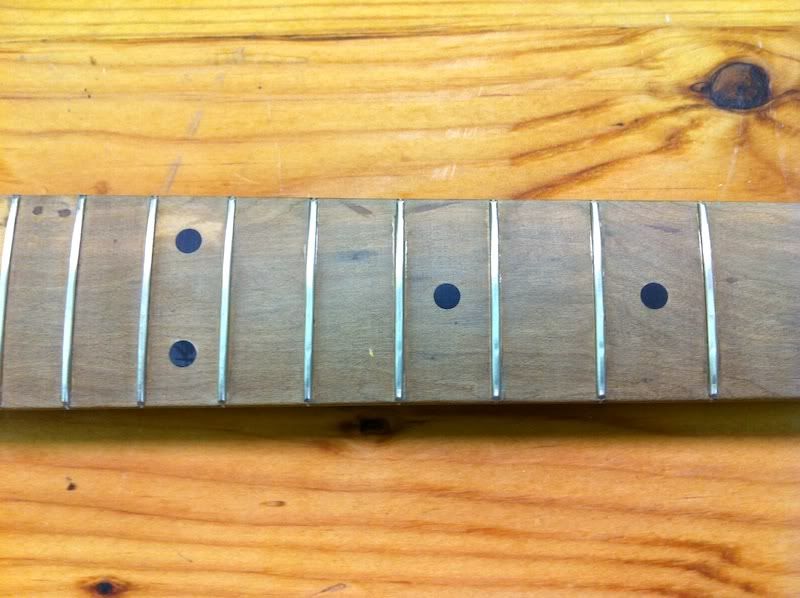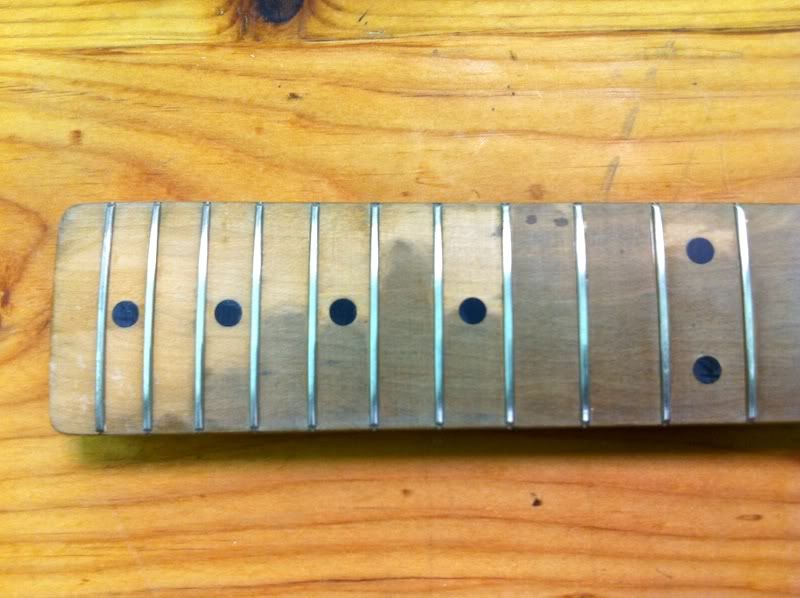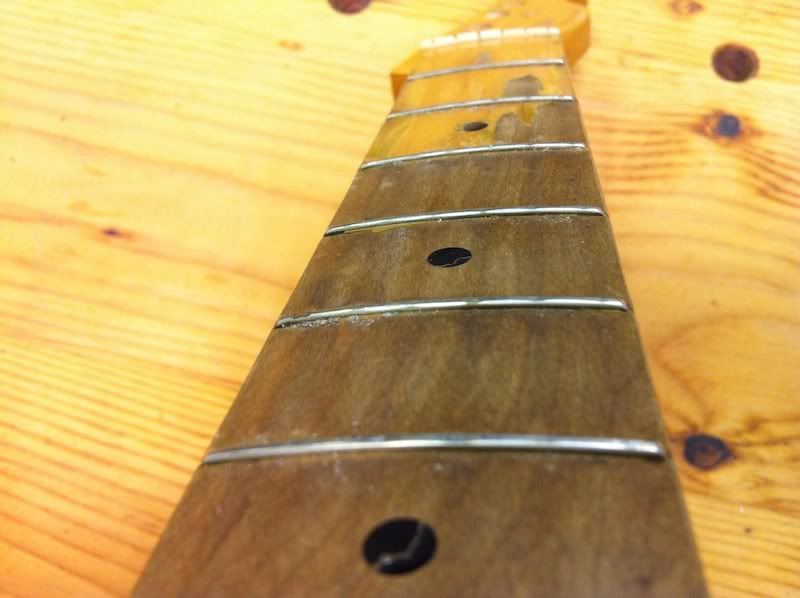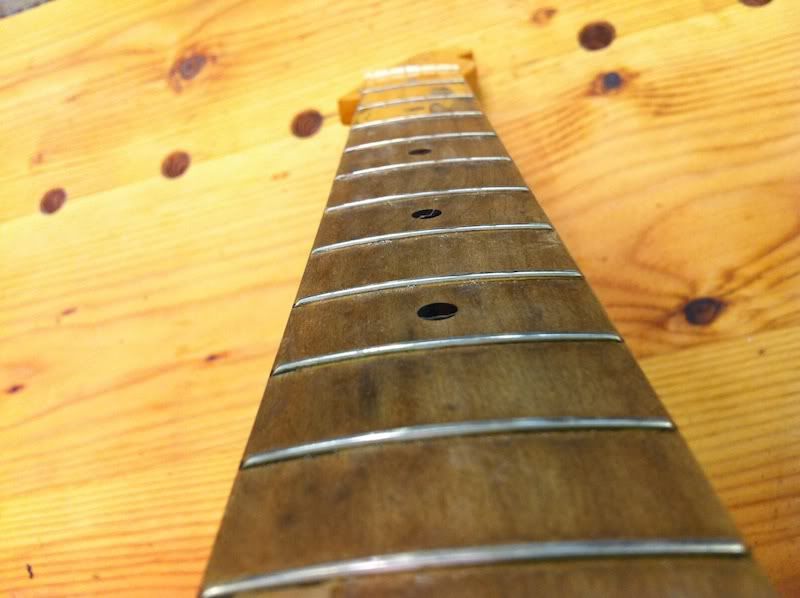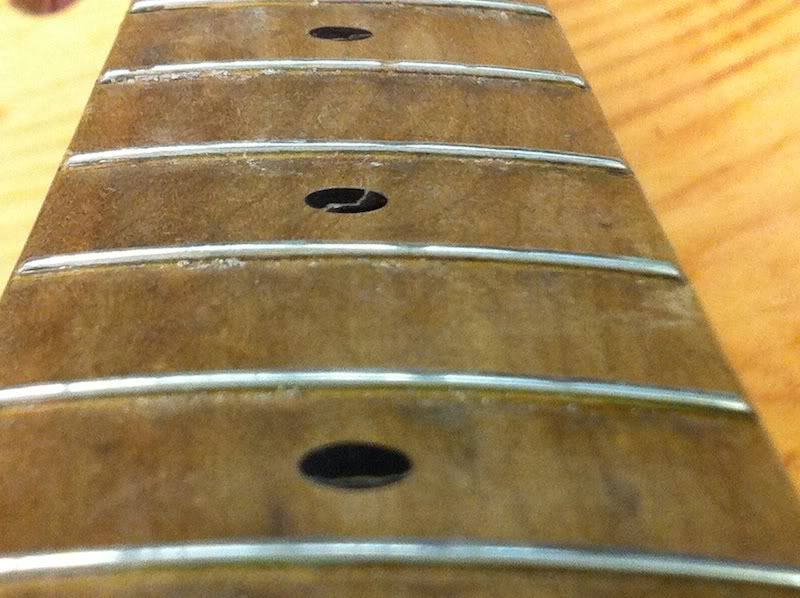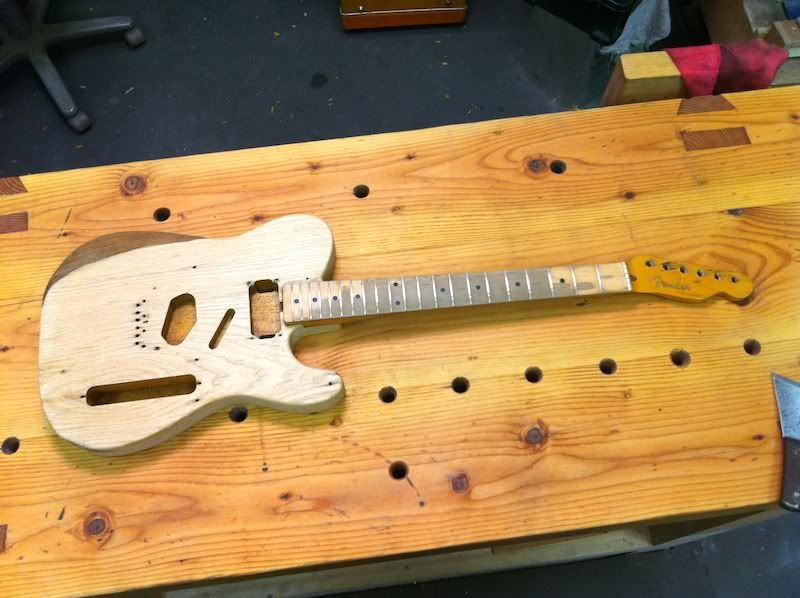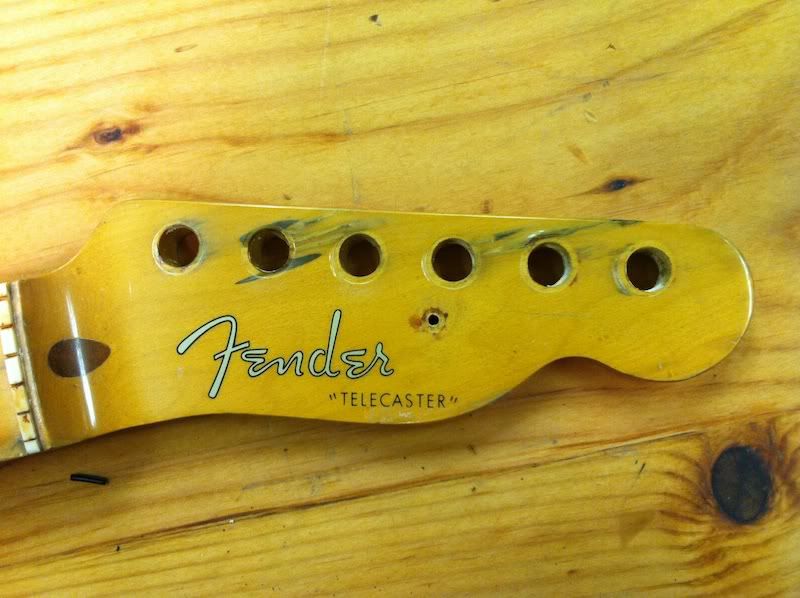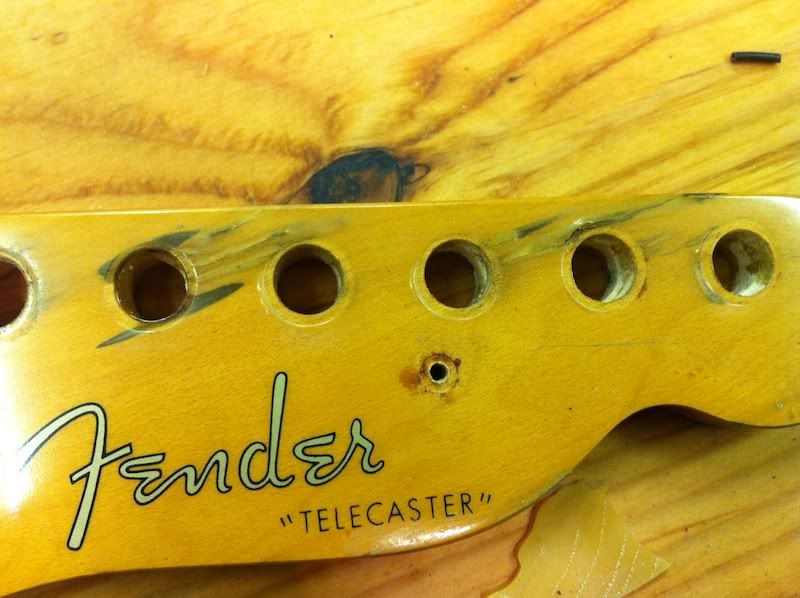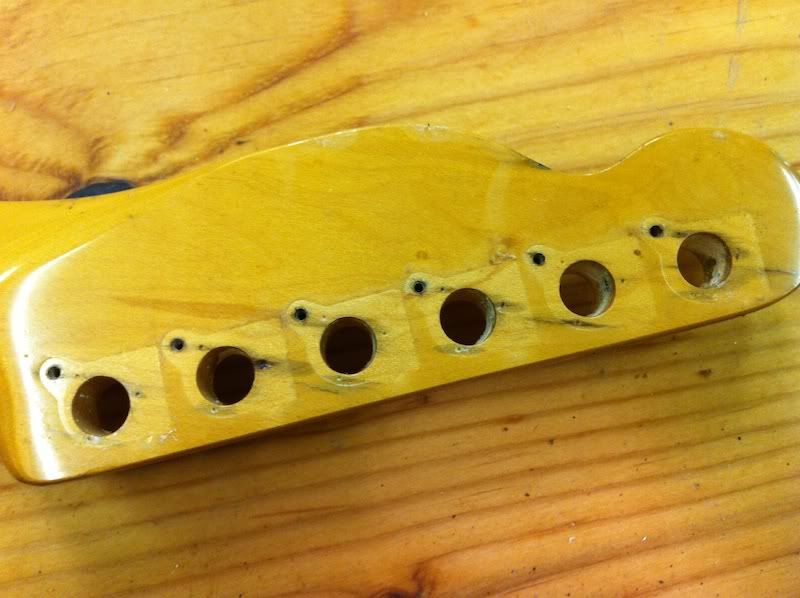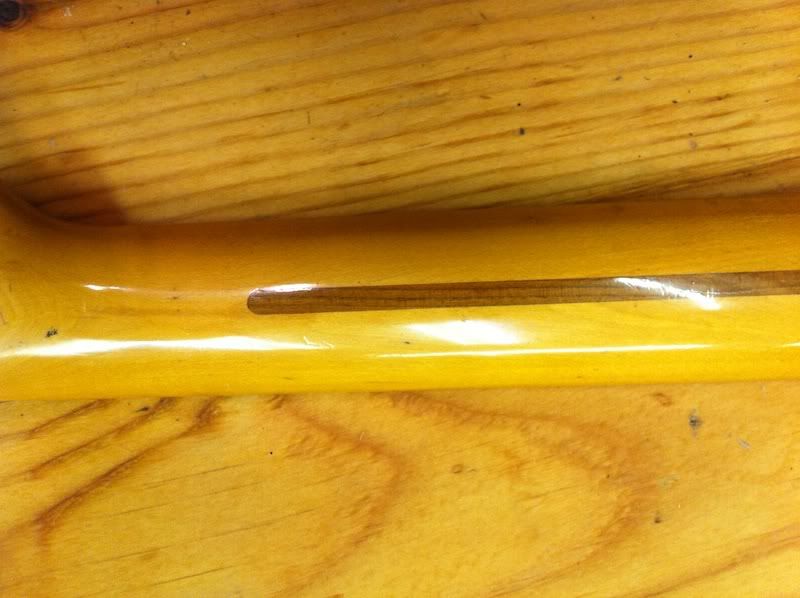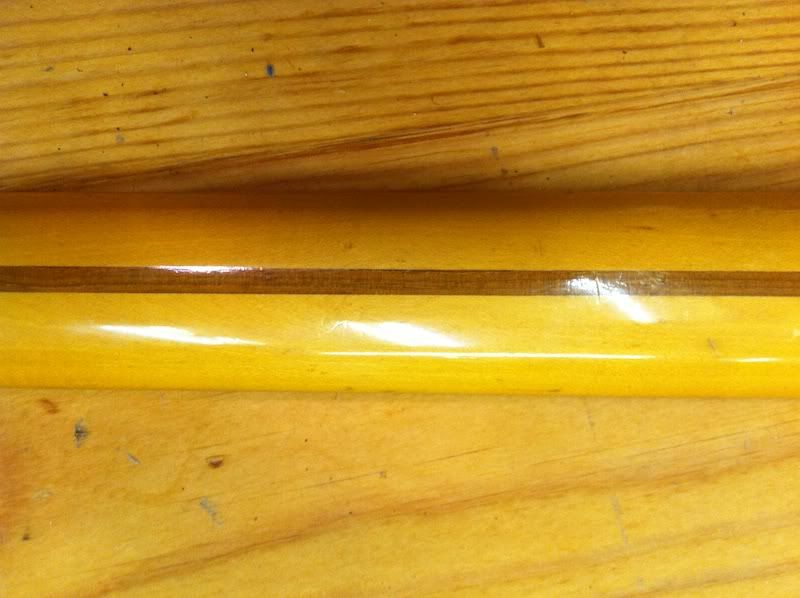Stuart Ablett
Member
- Messages
- 15,917
- Location
- Tokyo Japan
My neighbour Mark Hoshi has been going up to the devastated area from the March 11th quake and tsunami almost from the day after the event.
While in one of the many evacuation centers Mark met a survivor who had lost everything, with the exception of his Fender Telecaster guitar. How he found it amongst the debris I'll have to let Mark tell you, as I do not know, but it was found. This guy's entire life was destroyed by the tsunami, but he wishes to play this guitar again.
I have no doubt that this is just a run of the mill Fender Telecaster, made in Japan I searched the serial number and it shows it was made between 1989-1990.
We know that the electronics will be shot, sea water is not kind, but we are hoping to save the body and rebuild the guitar so the guy can play it and have at least one thing from his former life.
Some pics......
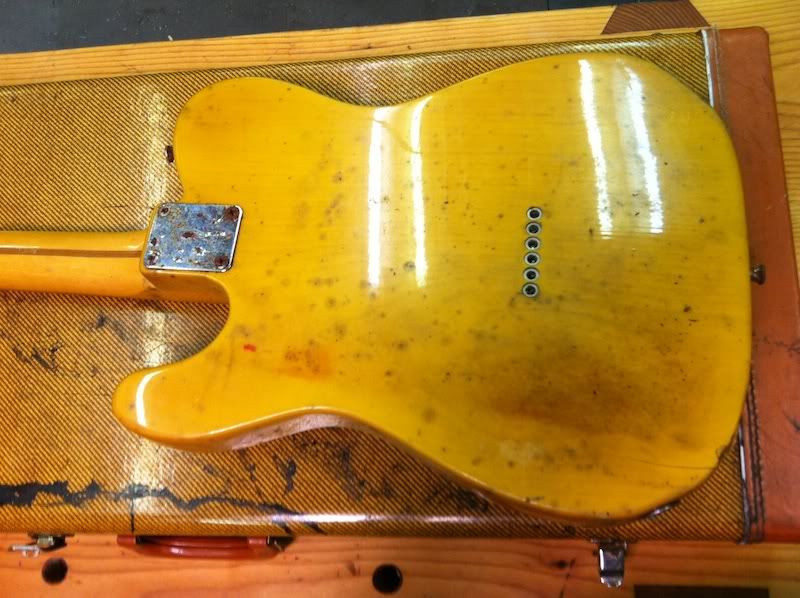
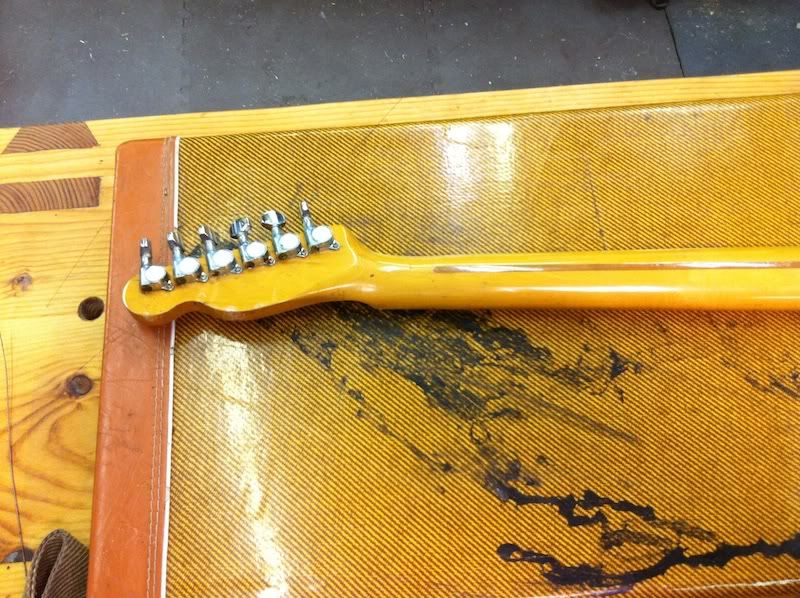
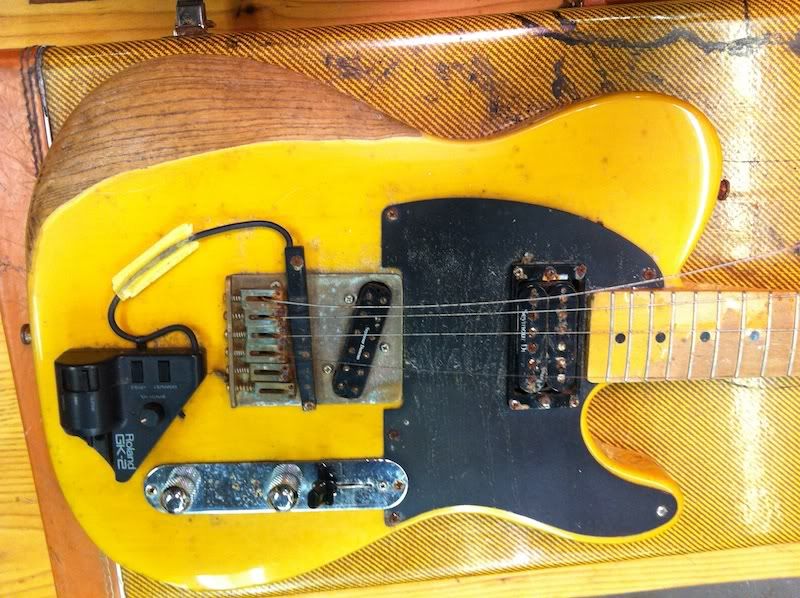
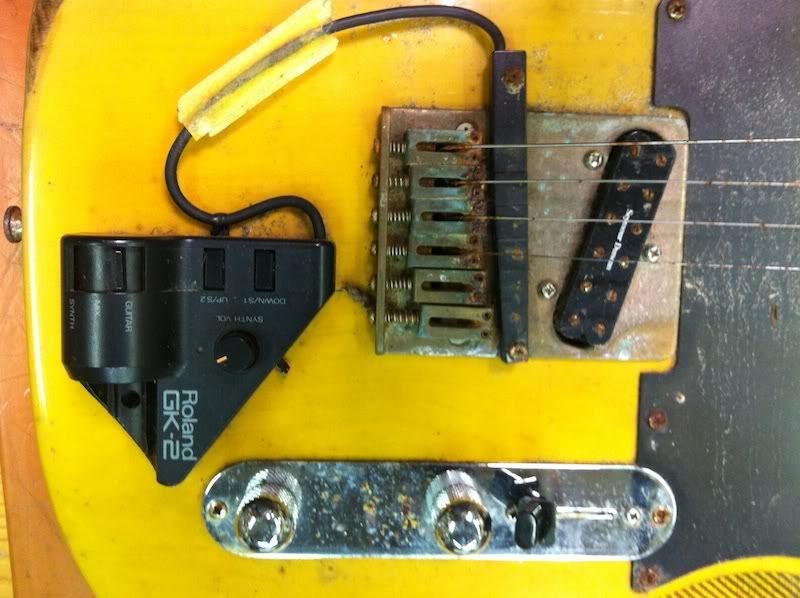
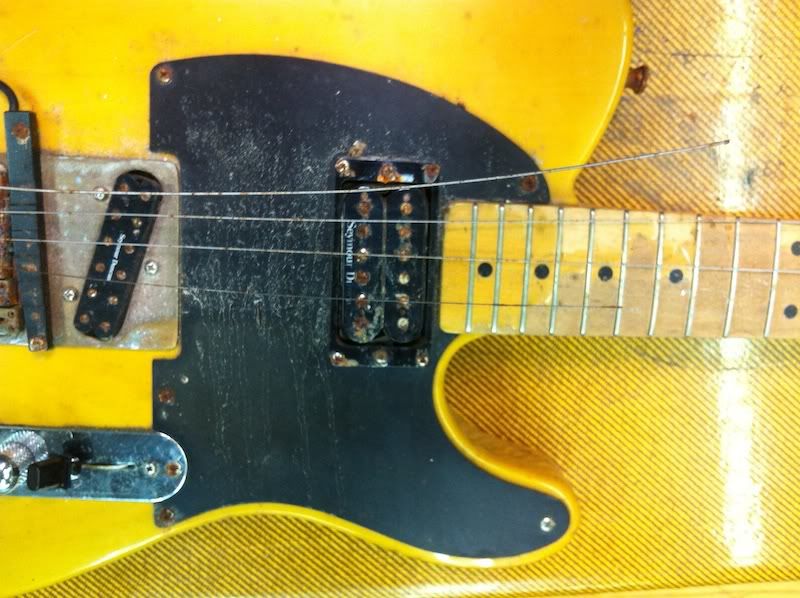
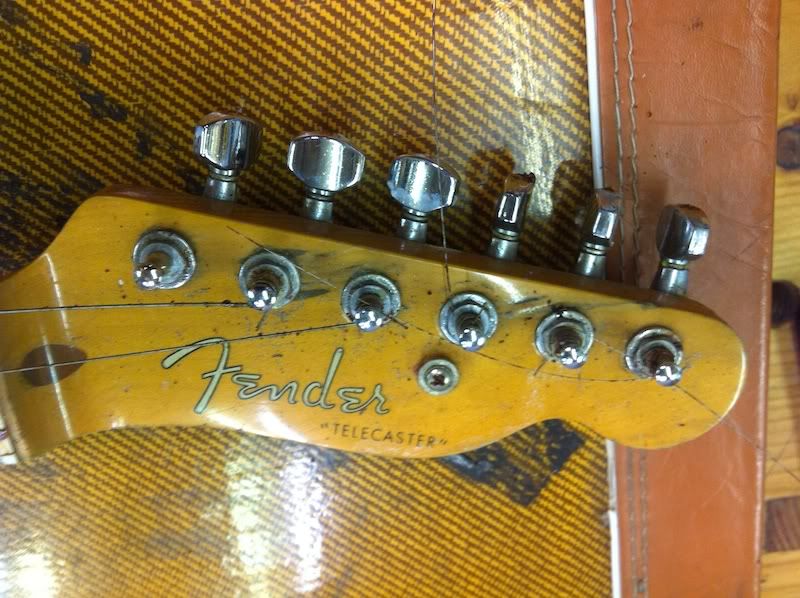
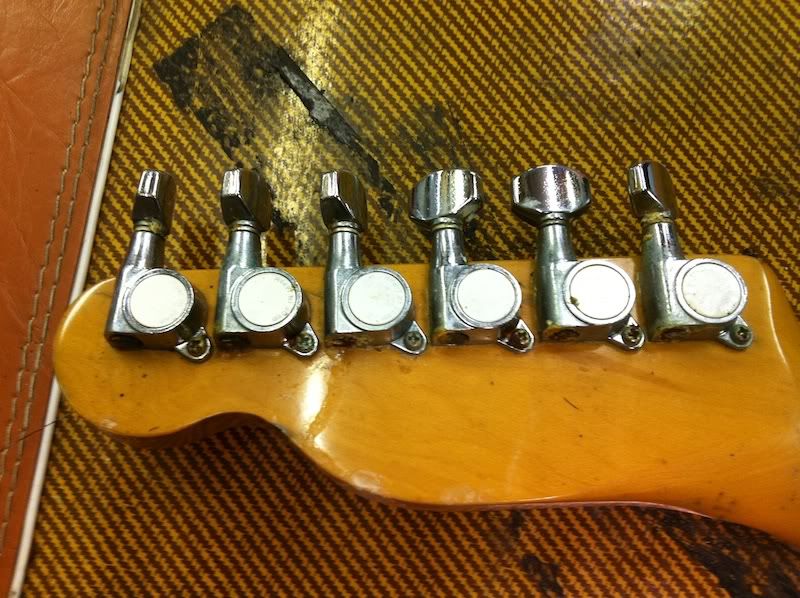
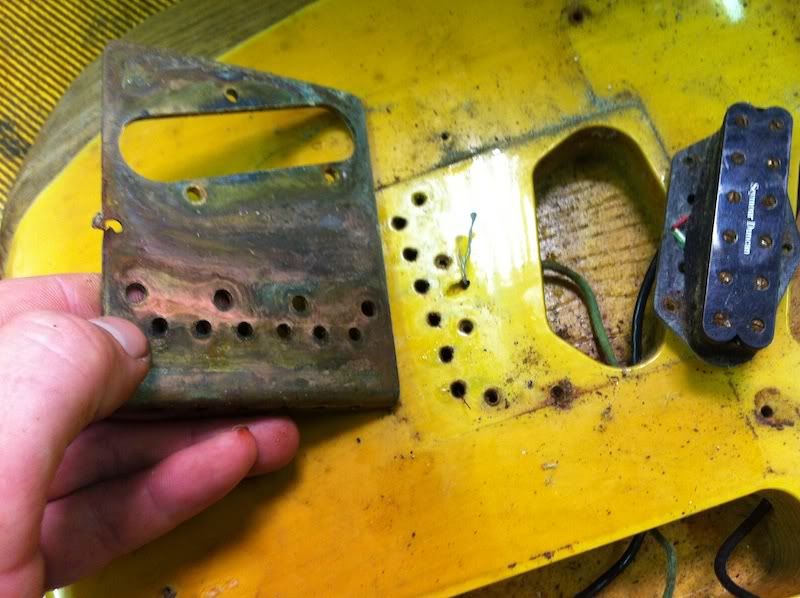
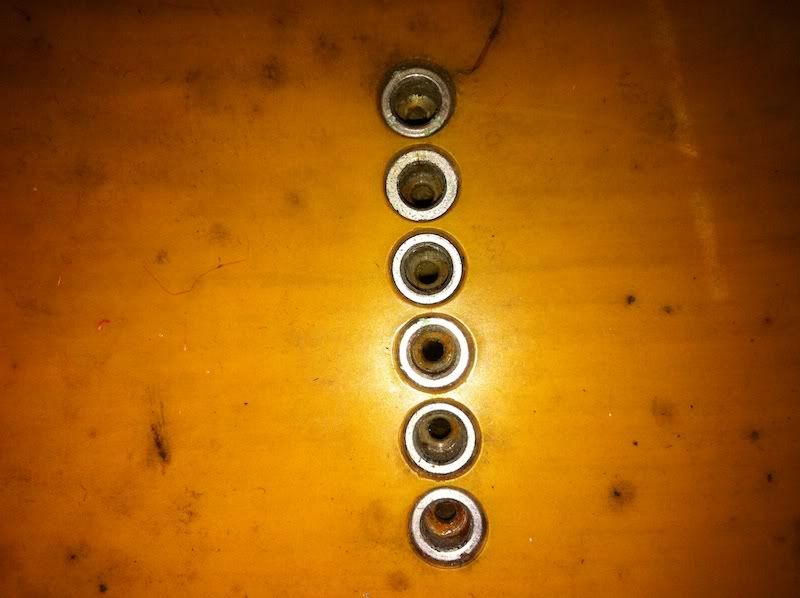
I took a bunch of pics as we were taking it apart to show the wiring, but it is kind of a rats nest.
We are trying to contact the guy now, and find out if he has a preference on the finish. The finish that is on the guitar now is about 1/8" thick, like plastic, it is badly cracked and broken in several places and the sea water got behind the finish in a number of places.
As you can see in the 3rd pic the guy must have carved away a substantial part of the top front of the body, so you can see the wood, it looks like my old friend Keyaki, but it could be something else.
The plan now is to completely remove the old finish from the body, sand it down and make it all nice and smooth, then refinish it, how we are not quite sure yet.
The neck or the fret board is quite worn, the guy must have played it a lot, I am wondering how to refinish that if at all?
I know some of you here are guitar guys, so if you have any info and or links etc we could use the help.
Cheers!
PS could one of the Admin guys look at the account for mark hoshi he is having trouble logging on to the site.
Cheers!
While in one of the many evacuation centers Mark met a survivor who had lost everything, with the exception of his Fender Telecaster guitar. How he found it amongst the debris I'll have to let Mark tell you, as I do not know, but it was found. This guy's entire life was destroyed by the tsunami, but he wishes to play this guitar again.
I have no doubt that this is just a run of the mill Fender Telecaster, made in Japan I searched the serial number and it shows it was made between 1989-1990.
We know that the electronics will be shot, sea water is not kind, but we are hoping to save the body and rebuild the guitar so the guy can play it and have at least one thing from his former life.
Some pics......









I took a bunch of pics as we were taking it apart to show the wiring, but it is kind of a rats nest.
We are trying to contact the guy now, and find out if he has a preference on the finish. The finish that is on the guitar now is about 1/8" thick, like plastic, it is badly cracked and broken in several places and the sea water got behind the finish in a number of places.
As you can see in the 3rd pic the guy must have carved away a substantial part of the top front of the body, so you can see the wood, it looks like my old friend Keyaki, but it could be something else.
The plan now is to completely remove the old finish from the body, sand it down and make it all nice and smooth, then refinish it, how we are not quite sure yet.
The neck or the fret board is quite worn, the guy must have played it a lot, I am wondering how to refinish that if at all?
I know some of you here are guitar guys, so if you have any info and or links etc we could use the help.
Cheers!
PS could one of the Admin guys look at the account for mark hoshi he is having trouble logging on to the site.
Cheers!
Last edited:




